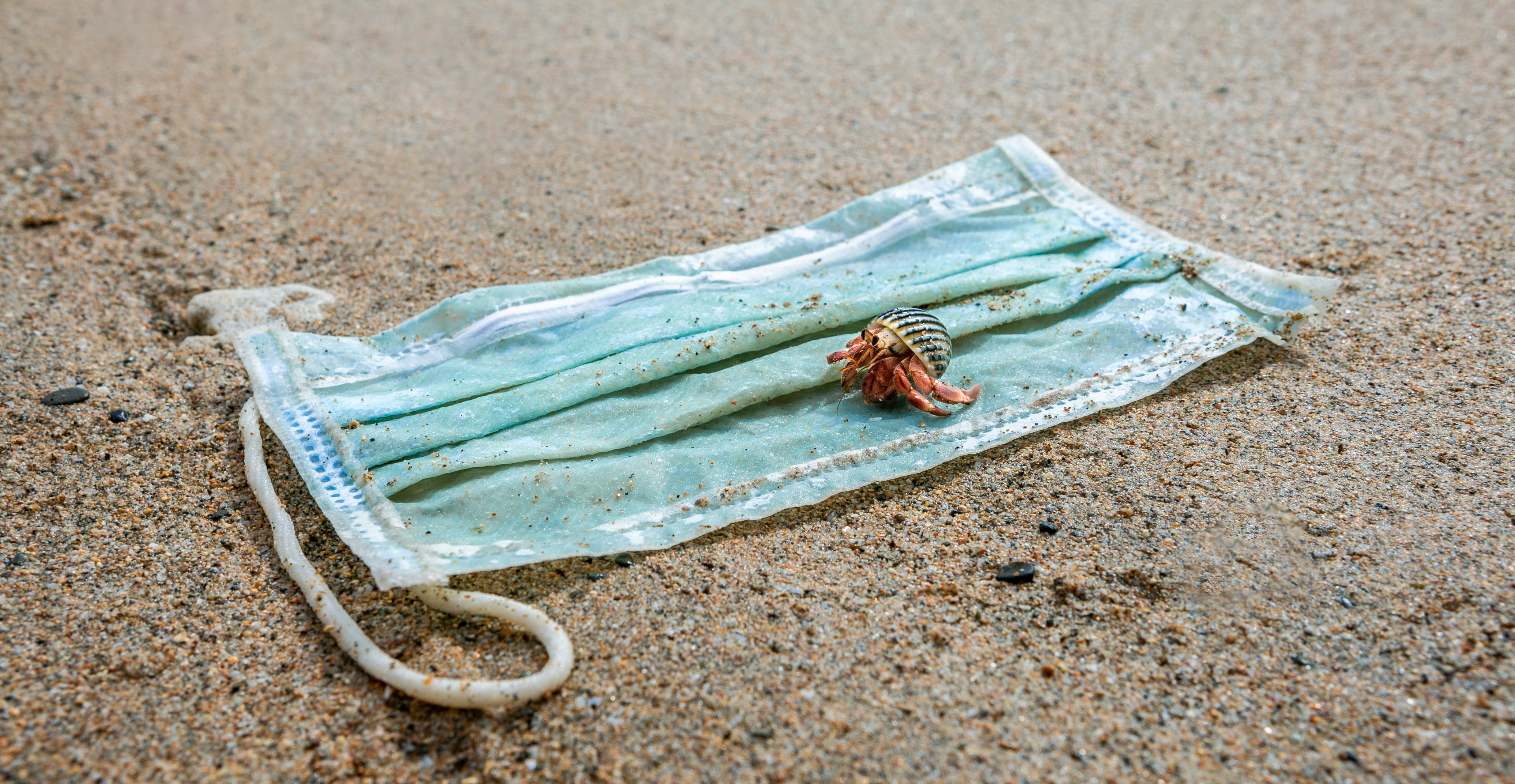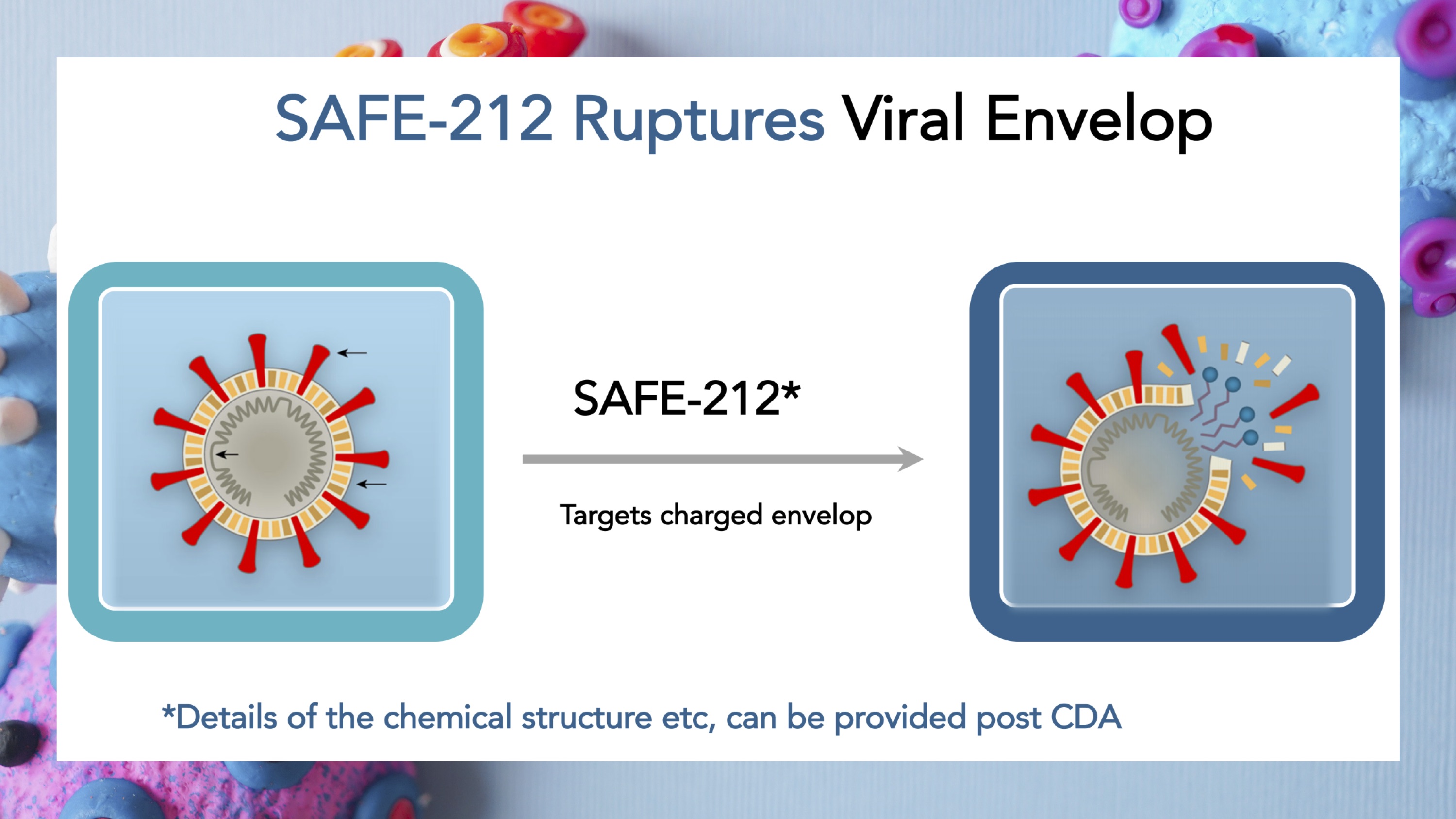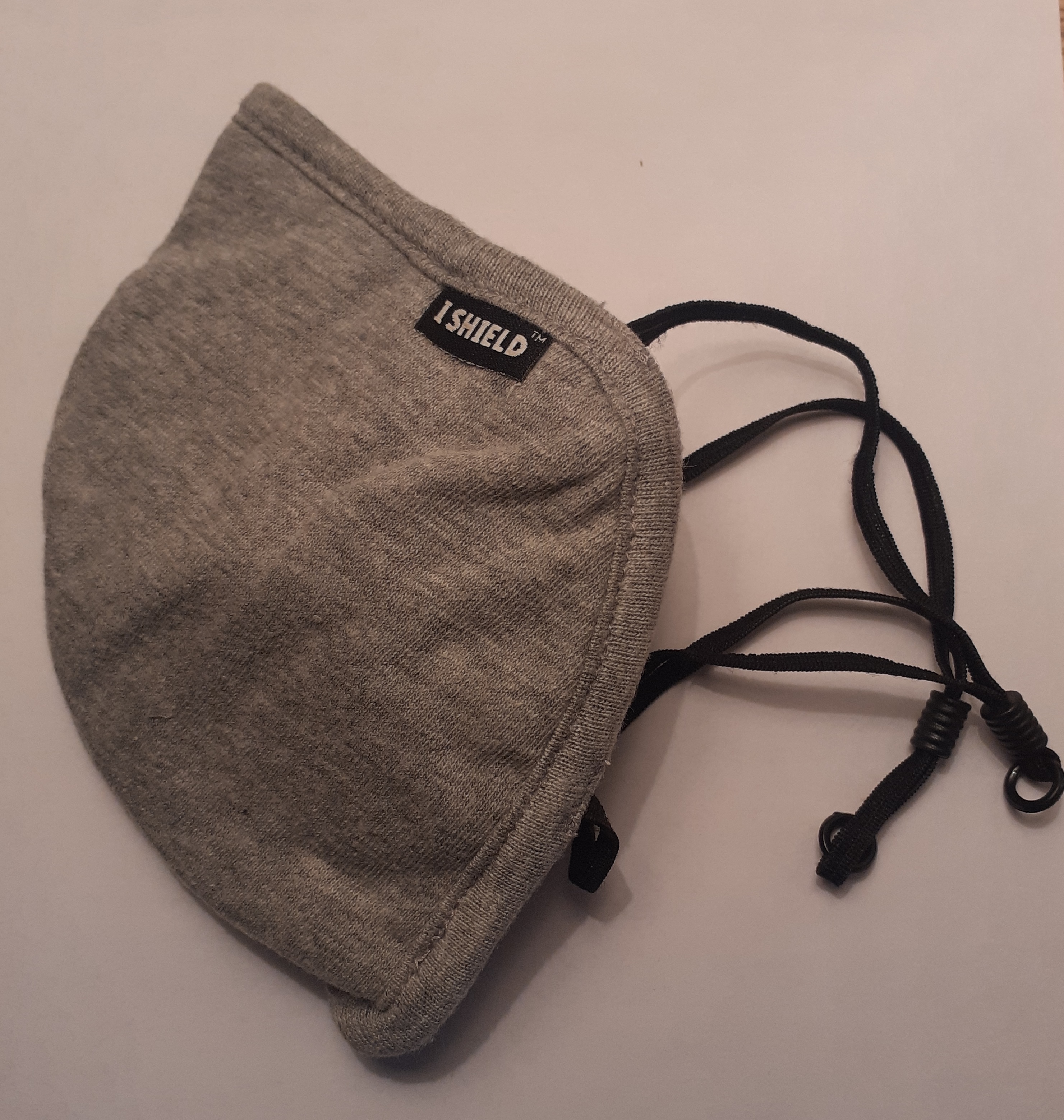We have all had to get used to wearing face masks for the protection of ourselves and others. There is now a choice of many different types from the humble disposable paper mask to designer "fashion wear". But there is no point in wearing a mask unless it actually does the job of protecting you and others. The ideal face mask is, of course, one that provides both an internal and external anti-viral barrier, while at the same time allowing an unobstructed flow of breath. However, achieving this ideal state is not as straightforward as it may seem.
Individual needs and preferences also come into play, for example, how long will you need to be wearing the mask? How big / small is your face and what shape is it? What kind of environment will you be in? (e.g. temperature and humidity are important). What activity will you be engaged in? These are all important factors when assessing the effectiveness of personal face masks.
How are infectious respiratory viruses transmitted?
In order to design and produce the most appropriate form of mask, the type of virus transmission needs to be understood.
Respiratory viruses are transmitted in three main ways, namely:
1. Direct contact
Contact transmission - where someone comes into direct contact with an infected person or touches a surface that has been contaminated with virus.
2. Droplets
Transmission of both large and small respiratory droplets that contain the virus, which can occur when near an infected person.
3. Airborne
The most potentially infectious form of transmission is via airborne smaller droplets and particles that are suspended in the air.
When choosing a personal face mask, the following questions should help you to decide which type to go for?
1. Does the mask fit snuggly?
2. Can you breathe comfortably through the mask? If you need gaps around the sides simply to breathe, then the virus can just as easily enter and exit through those gaps too.
3. Is the mask comfortable without causing any irritation?
4. Does the mask prevent misting of glasses?
5. Are you concerned about the environmental impact of disposable masks?
6. Can the mask be disposed of safely?
7. Can the mask be re-used?
8. Does the mask have an anti-viral component?
9. If the mask claims to be anti-viral, what is the evidence for the claim?
10. Is the mask washable while still maintaining it's antiviral function after multiple washes?
11. Is the mask cost-effective?
No point in a mask that does not stop viruses
If you have to wear a face mask, or just feel safer wearing one, then there is little point in choosing a mask that is not designed to fulfil the task of preventing the spread of viruses.
For example, a mask is of little consequence if you are not actually breathing through the material. If the majority of the airflow is passing around the sides of the mask - as often evidenced when people's glasses or other eye wear mist up, then the mask is of little use. As we now know, the COVID-19 virus is not so much transmitted via droplets, but is actually airborne. So, ensuring that the air is actually filtered is absolutely fundamental.
Masks should create a safety seal for both the inhale and exhale between a person's respiratory system and act as a barrier from the immediate environment.
There are many reasons why air flows around the edges of a face mask and not through it, but it is mostly down to poor design and both the type and shape of the fabric. These issues are particularly associated with disposable masks. For a start, the plastic strip at the top of the mask will only fit one part of the bridge of the nose and any movement or displacement will create gaps.
If the mask is uncomfortable or itches, the temptation is to loosen the fittings (provided it has adjustable fittings), and this will remove the safety seal.
 The environmental impact of disposable masks
The environmental impact of disposable masks
Disposable masks are only designed to be used once. After prolonged use they become moist, have picked up mucous, food and other deposits from around the mouth and nasal cavities and as a result of this become rapidly unhygienic and unsafe. A further concern however is the impact that billions of disposable masks is having on the environment and their considerable contribution towards plastics in oceans and other forms of pollution.
A comfortable, close-fitting reusable mask that has anti-viral properties is the ideal solution
The Intelligent Mask - IShield
Clearly, then a comfortable, close-fitting mask that has anti-viral properties and can be washed and re-used is the ideal solution. But does such a mask exist?
The manufacturers have commenced testing on the medicated fabric used for the 'intelligent' IShield adjustable, anti-bacterial and anti-viral face mask made from tekFABRIK(TM) is it. Further, following laboratory testing there are initial results emerging.
What is the anti-viral tekFABRIK?
 TekFABRIK is an antimicrobial (antiviral, antibacterial, antifungal) material that kills pathogens by rupturing cell membranes and viral envelopes. The anti-microbial chemical compound (known as the "SAFE-212" molecule) is bonded to the fabric and hence does not leach, allowing repeated washing.
TekFABRIK is an antimicrobial (antiviral, antibacterial, antifungal) material that kills pathogens by rupturing cell membranes and viral envelopes. The anti-microbial chemical compound (known as the "SAFE-212" molecule) is bonded to the fabric and hence does not leach, allowing repeated washing.
Dr Michael N.Teng, Ph.D. Associate Professor of Medicine, Molecular Medicine, and Pediatrics at The University of South Florida has produced a report following the testing of the tekFABRIK. The tests looked at the inactivation of respiratory syncytial virus (RSV) infectivity following passage through the fabric. The RSV was chosen as a marker due to it's similarity to SARS-CoV viruses and is an enveloped virus containing a strand of RNA genome. RSV also spreads through the air, is highly contagious and is a major cause of chest infections. It is therefore a good comparative virus to test.
Following a series of experiments their final observation was, "TekFABRIK has a high virucidal activity against RSV with 97% reduction in viral activity after five minutes".
In a separate study headed for Dr Jogin Desai by the Centre for Cellular and Molecular Platforms (C-CAMP) the report summarises as follows:
"Significant virucidal activity was observed with the modified [TekFABRIK] cloth. Study on toxicity and virucidal activity on other viruses is also conducted independently and in collaboration with other teams nationally and internationally".
 About the intelligent (ISHIELD) tekFABRIK masks
About the intelligent (ISHIELD) tekFABRIK masks
The new six-layer filtration antiviral masks have been manufactured using the anti-viral (and anti-bacterial / anti-fungal) fabric. Guidance states that they are self-sanitising and reusable up to 30 washes, and provide comfort and easy breathing.
They have a long adjustable nose clip that creates the all-essential seal at the top of the mask. The adjustable ear loops are of a very soft material and come with adjustable beads for greater comfort and to help form the ideal seal. This also leads to minimal misting / fogging of spectacles and glasses.
Contact info@ishieldfacemask.co.uk for further information.
A bacterium, virus, or other microorganism that can cause disease.
Full medical glossary
